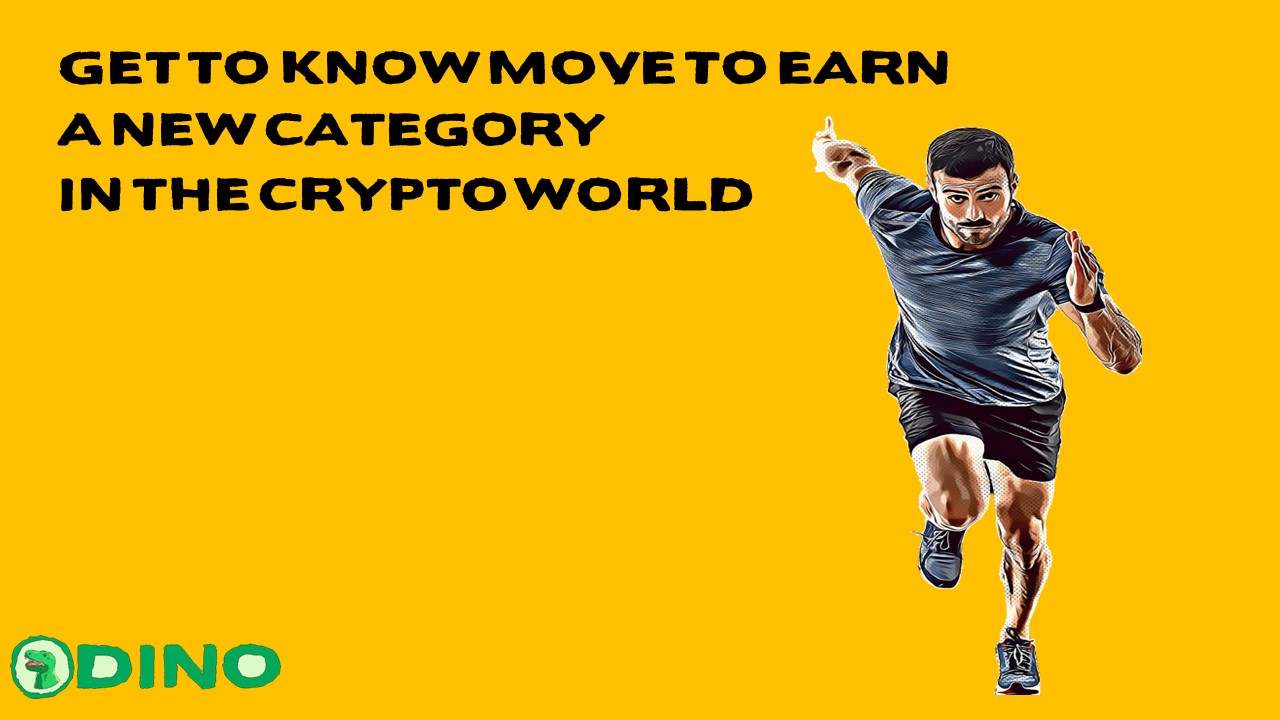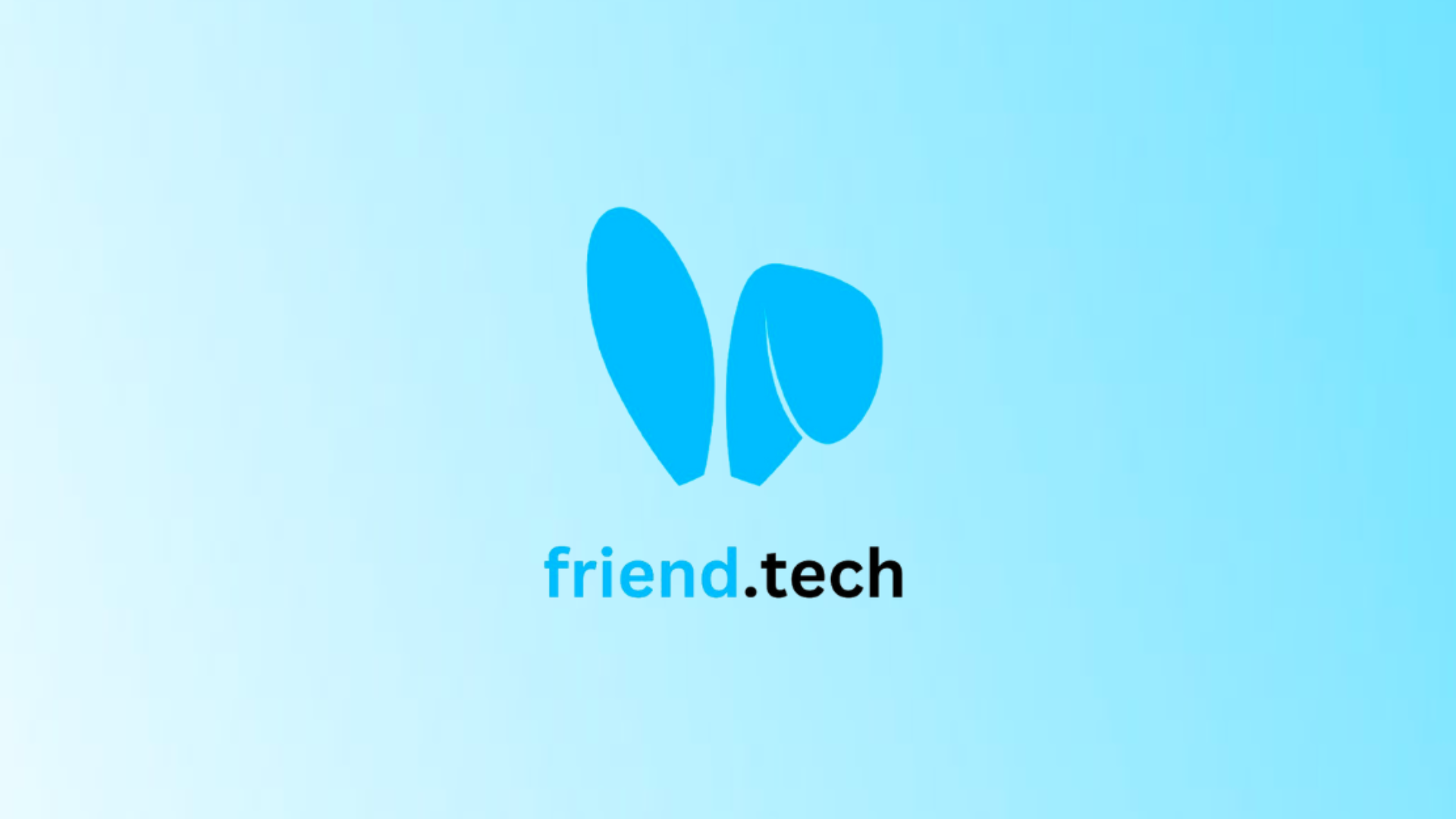In today’s crypto world, many games have emerged with integration into the blockchain.
The integration of games into the blockchain is one way to create a decentralized and fair system in the gaming world.
So, as a result of this innovation, many gamers are interested and have started to increase the volume of players and transactions in crypto-based gaming projects.
With this increase in volume, many project developers are using it to get funds through Initial Game Offering (IGO).
What is an Initial Game Offering?
Initial Game Offering or IGO is a way to raise funds usually done by game-related crypto project developers.
This fundraising is generally done through selling crypto tokens in the early stages of pre-sales through tokens tied directly to the game project.
Later, participants in the IGO will get tokens at the initial price and several other benefits the project owner gives. IGO will later benefit investors and developers because developers will get additional funds for projects, and investors will have new tokens.
This new token is very potential because it is obtained at the initial price, so if the game token project continues to grow, the price has the potential to continue to rise.
In addition, investors will also get more benefits from owning tokens, for example, getting NFT or Non-Fungible Tokens from game projects or getting discounts and more access to the game.
Generally, a game project will also use its token for NFT transactions in the game.
So if the game has many players, the demand for these tokens can increase and push the price up.
This IGO can be likened to an IPO on stocks or an ICO on crypto.
Generally, interest in IGOs will be very high due to the increasing trend of blockchain-based games.
IGOs can occur across multiple platforms, so investors need to be aware of them to take advantage of them.
Participating in an IGO
Initial Game Offeringis generally done through a launchpad or a new token launch site that can occur on a centralized or decentralized exchange.
An example of a centralized exchange that has had an IGO is Binance, which currently has its Launchpad.
When referring to a centralized exchange, the step to participate is to create an account on the business and lock in several tokens to earn a place on the list of IGO buyers. Later, after locking the tokens requested for transactions on IGO, users will enter the whitelist or reservation list.
After that, each investor on the whitelist will receive an allocation whose transactions will be deducted from the tokens that have been previously locked.
This allocation will depend on the project owner and the exchange, so it will generally occur randomly.
However, in the crypto world, crypto platforms or projects are already focused explicitly on becoming IGO launchpads. Examples are Gamefi, Speedify, and Engine starter.
Launchpad is generally more complicated because several steps must be prepared and carried out. If using GameFi, there will be seven steps that need to be done.
Connecting the Wallet
The first step is to log in to the GameFi site and connect a decentralized wallet that can connect like Metamask.
Buying GAFI
Next is buying and owning GAFI Tokens because later transactions on the GameFi launchpad will require GAFI.
Staking GAFI
Next is staking or locking GAFI Tokens that will be available on the Binance Smart Chain blockchain network.
When staking, ensure the user selects an active staking pool because some are still active and others have closed.
Users will be eligible to enter the IGO participant list or whitelist by staking.
Unstacking
After locking in the minimum staking time available on GameFi, users can release and reclaim GAFI Tokens to purchase tokens available in IGO.
Users can choose which projects they want to participate in through GAFI Tokens that have gone through the staking process.
Whitelist List
After selecting the IGO project they want to participate in, the user must enter the whitelist to get an allocation by doing KYC or filling in some data.
Exchanging Tokens
If they have entered the whitelist and received allocations, users can directly swap or exchange between GAFI already staking with tokens in IGO.
This exchange will take place via GameFi and not through a typical decentralized exchange to make things easier for users.
Taking Tokens
Please note that users will not immediately get the tokens in the IGO after exchanging or swapping.
GameFi requires collection and exchange simultaneously so that no investor can sell ahead of others.
So after exchanging, later the user will be asked to take the token in the IGO.
The collection of these tokens will occur within the GameFi platform. Later the token will go directly to the wallet that was previously connected.
Advantages of IGO
There are several advantages of participating in the Initial Game Offering from the developer’s side and also from the investor’s side
. First is the fast funding for developers. A blockchain game project will raise funds quickly with strong social media engagement.
Fast Funding
IGO is good because it saves time and accelerates raising capital funds, accelerating the development of a blockchain game-based project.
Reducing Project Dilution
For developers and project owners, by conducting an IGO, they do not require an IPO so that their ownership of the company or project is not reduced.
High-Profit Potential
From the side of investors or IGO token buyers, there is high-profit potential. IGO price is a relatively low initial price. So if the project continues to improve, there is a potential for a reasonably high token price appreciation.
Disadvantages of IGOs
Unfortunately, although there are many advantages, IGOs have several disadvantages for investors, one of which is the potential for fraud from project owners.
Despite the KYC process and Launchpad reviews, some projects sometimes disappear after IGO, which is one of the most significant risks.
If this happens, the tokens held will generally lose in value but can still be traded at a loss price.
Losses will also come from the side of time because investors will not always be included in the whitelist. After all, the quota is always limited. So even though you have participated in the process sometimes, you will not always be selected, so it can just be a waste of time.
From the developer or project owner’s perspective, IGO also has its drawbacks, one of the biggest being the complexity of the process.
In IGOs, when demand exceeds the quota, generally, the project owner must return the funds to investors.
Another drawback is the complexity of the coordination process of investors involved in the IGO because everything must occur at the same time, for example, in the token collection process.
The goal is that all can enter the market simultaneously and no one is harmed so that the good name of the project is maintained.
Even so, IGO is still one of the relatively interesting projects and still has a high enough interest to this day.
More News About Crypto : NEWS
Follow our Twitter : https://twitter.com/DinoDapps




